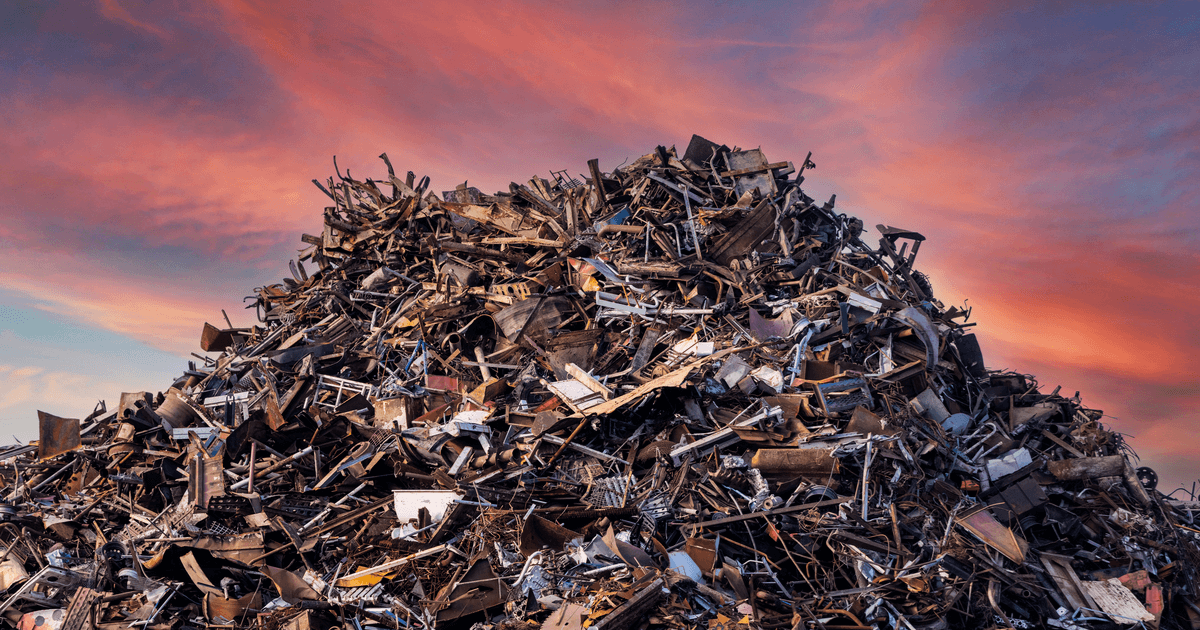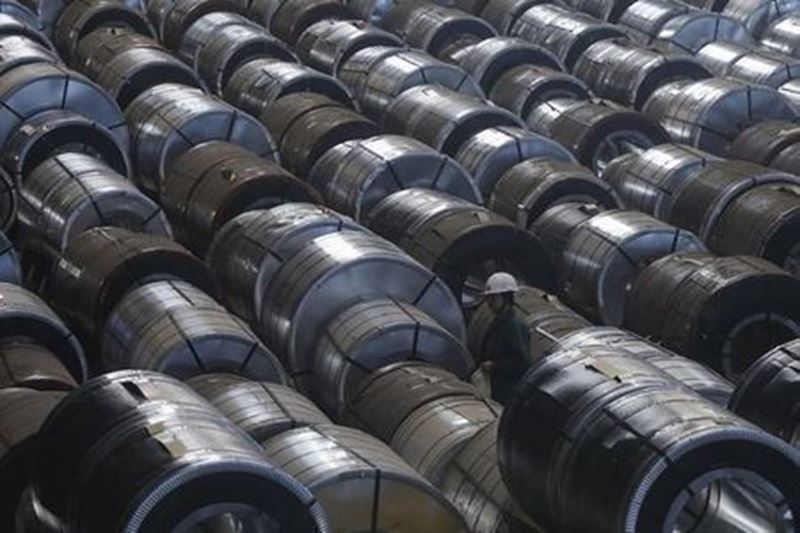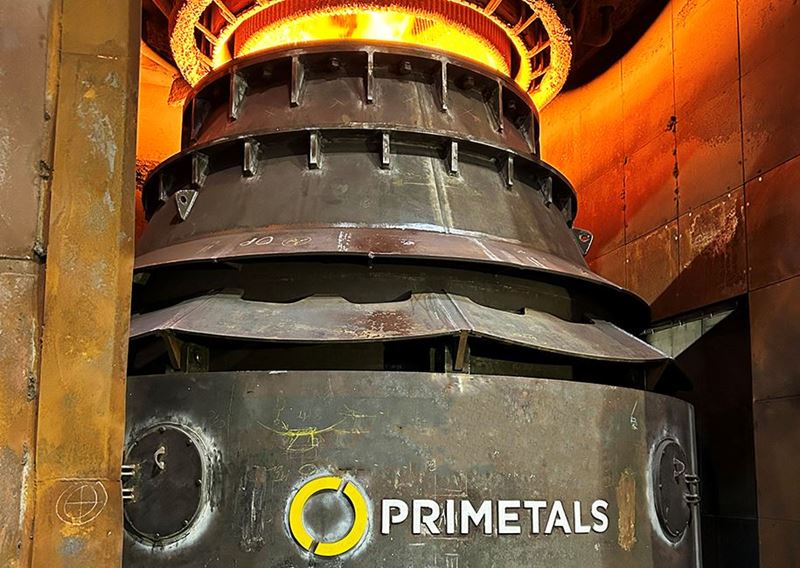In the first half of 2024, the European Union increased its scrap consumption by 8.8% year-on-year, reaching 43.61 million tons. This information was reported by the International Association of Recyclers of Secondary Raw Materials (BIR). During the same period, scrap exports from EU countries fell by 18.7%, declining to 7.36 million tons.
In September, an unexpected drop in scrap prices occurred in Germany. Some producers reduced their output due to high inventories of semi-finished and finished products, while data from Scandinavia indicated that metalworking plants in Europe were struggling with declining sales and increased competition from China.
China continued to be the world’s largest consumer of scrap. In the first six months of 2024, China's scrap consumption rose by 5.4% to reach 122.54 million tons. In Turkey, scrap consumption increased by 13.1% to 15.71 million tons during the same period, while in India, it rose by 14% to 17.8 million tons. In the United States, scrap consumption fell by 1.8% compared to the previous year, reaching 27.6 million tons.
According to BIR, scrap purchases in several Asian countries were negatively affected by the rising exports of semi-finished and finished products from China, as well as the influx of cheap Russian billets.
In 2023, global scrap consumption by steel producers decreased by 12% compared to 2022, dropping to 411.28 million tons. This decline contrasted with a slight increase in global steel production, which rose by 0.2% to 1.155 billion tons. During the same year, the European Union reduced its scrap consumption by 5.7% to 74.8 million tons, Türkye's fell by 3.9% to 29 million tons, and Japan's decreased by 2.9% to 31.8 million tons.









Yorumlar
Henüz yorum yapılmadı